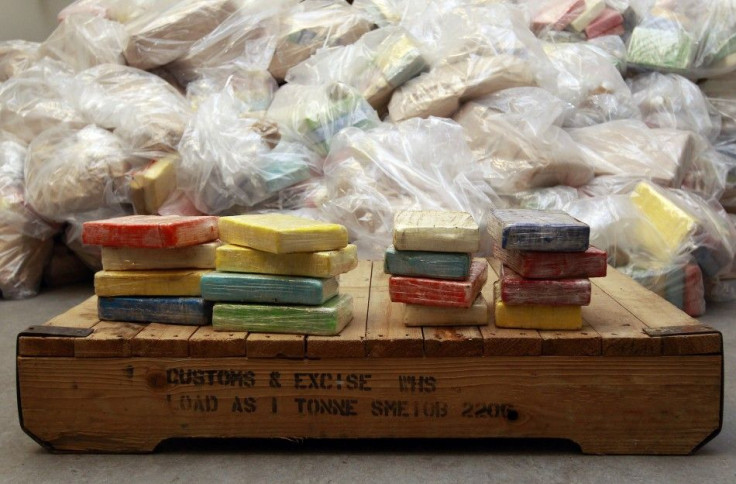UN: Cocaine Usage On the Rise Globally, Stemming From Australia

A report released Tuesday by the United Nation's Office on Drugs and Crime (UNODC) showed that seizures of cocaine have increased dramatically, with 592 kilograms confiscated in 2008-09 compared with 179.5 kilograms six years prior to the federal findings.
Cocaine use is at its highest level since 1993, the report said, adding that the recent increase had been confirmed by arrest and drug seizure data collected by UN.
But, experts say, the rise in cocaine seizures in recent years indicates a potential expansion of the cocaine market in Australia could endanger security and health for people globally.
“Unlike cocaine or heroin, these drugs can be made everywhere,” one of the report’s co-authors, Justice Tettey, told the UN News Centre. “You don’t need a farm in Afghanistan. It can be done in your garage or in your kitchen.”
The report said cannabis remains the most commonly used illicit drug in Australia, with one third of the population having reported using the drug at least once in their life.
“There is this conception that they are not really hard drugs, but people can get hooked on these,” Tettey, the chief of UNODC’s laboratory and scientific section, added.
The illicit Australian drug market remains dominated by the use of amphetamine-type stimulants (ATS) and cannabis, study authors noted.
Cannabis accounted for about two thirds, or 66 percent of illicit drug seizures in 2008-09, while seizures of the drug weighed in at 5573 kilograms in 2008-09, down from 5409 kilograms in 2007-08, although well below 9397 kilograms in 2003-04.
The report warned that Vietnamese criminal gangs were set to play an increasing role in the indoor cultivation of cannabis that would increase the supply and availability of higher potency cannabis in New Zealand.
Ecstasy is the second most commonly reported illicit drug used in Australia, one of the highest in the world, followed by meth amphetamines.
The number of methamphetamine pills seized in South-East Asia, for example, has more than quadrupled since 2008, rising from 32 million that year to 133 million in 2010, according to the report.
The report also warned that organized criminal groups would continue to target New Zealand to export and distribute methamphetamine and pseudo-ephedrine-based medicines from East and Southeast Asia, especially China.
© Copyright IBTimes 2024. All rights reserved.





















